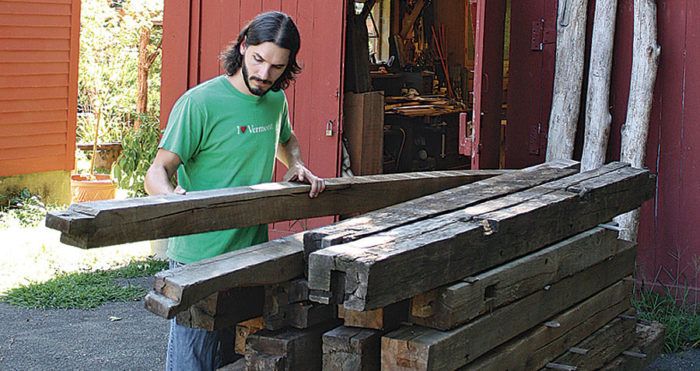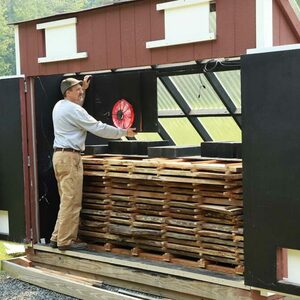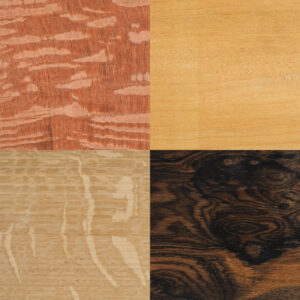How Pros Look at Lumber
There’s more to selecting boards than counting board feet
Synopsis: At some point in your journey as a woodworker, you’ve developed your skills and acquired enough tools and you start to really think about the wood. It may sound simplistic, but wood is the woodworker’s medium, and the truly great furniture makers think about it a lot. We talk to several to get their insights into choosing lumber, from the very specific to the conceptual. John Cameron, John Reed Fox, Christian Becksvoort, Tim Coleman, Peter Shepard, Brian Reid, Garrett Hack, Greg Klassen, Thomas Throop, John Tetreault, Philip Morley, and Michael Fortune share their views.
When I first got into woodworking, most of my energy was spent learning and developing the skills required to turn lumber into furniture. I also spent a healthy amount of time reading about and acquiring tools. It’s understandable. You can’t make furniture if you don’t know how it’s constructed and don’t have the necessary tools.
However, because I gave so much attention to these aspects of the craft, I gave almost no thought to the material I was using, and the furniture I made suffered as a result. Sure, my joinery was improving but I was using wood with ugly grain, or the cherry I picked for the legs of a table was a noticeably different color than the boards I picked for the top. Eventually, I had cut enough joinery and really didn’t need more tools, so I began to think about the wood. This is when I realized that the wood you use shouldn’t be an afterthought, at least not if you want to make truly beautiful furniture. You must be as thoughtful about the color, grain, figure, and cut of the wood as you are about the proportions, dimensions, and details of the design.
Since then I’ve developed a very clear and thorough vision of the aesthetic qualities that I look for in lumber. This made me curious about how other furniture makers think about wood, so I called several whose work I admire. Not surprisingly, they provided a wealth of insight that covered aspects of selecting lumber from the very specific (avoid boards with twist) to the conceptual (the need to create harmony with the grain throughout every part in a piece of furniture). Massachusetts furniture maker John Cameron calls wood “the skin” of a piece of furniture. It’s what you see as you walk past it everyday. It’s what a visitor to your house sees first. A great deal of work goes into building a piece, from milling the lumber and cutting joinery to prepping the surface and applying a finish.
For the full article, download the PDF below:
Fine Woodworking Recommended Products

DeWalt 735X Planer

AnchorSeal Log and Lumber End-Grain Sealer

Ridgid R4331 Planer























Comments
This was such a great read even if hobbyist woodworkers like myself may not always have the same access to some of the sourcing options as the professionals noted in the article. My takeaway is the life of a piece comes from the wood's character even if the bones come from any sort of design, proportion or aesthetic I may try to impart to it. That challenges me to set my sights on something other than building this or that to perform a function or look a certain way. I might change my outlook in the moments of frustration when I feel like I'm fighting or afraid of tearout, spelching, etc. I can't change wood's nature but I can respect it enough to work with it rather than force it to fit the form of what I want, which is often to the detriment of the aesthetic I'm trying to achieve. It's also great to hear such a range of perspectives in what they look for in their lumber. It's not one size fits all, and it helps me feel more comfortable as I try to find my own preferences.
Log in or create an account to post a comment.
Sign up Log in